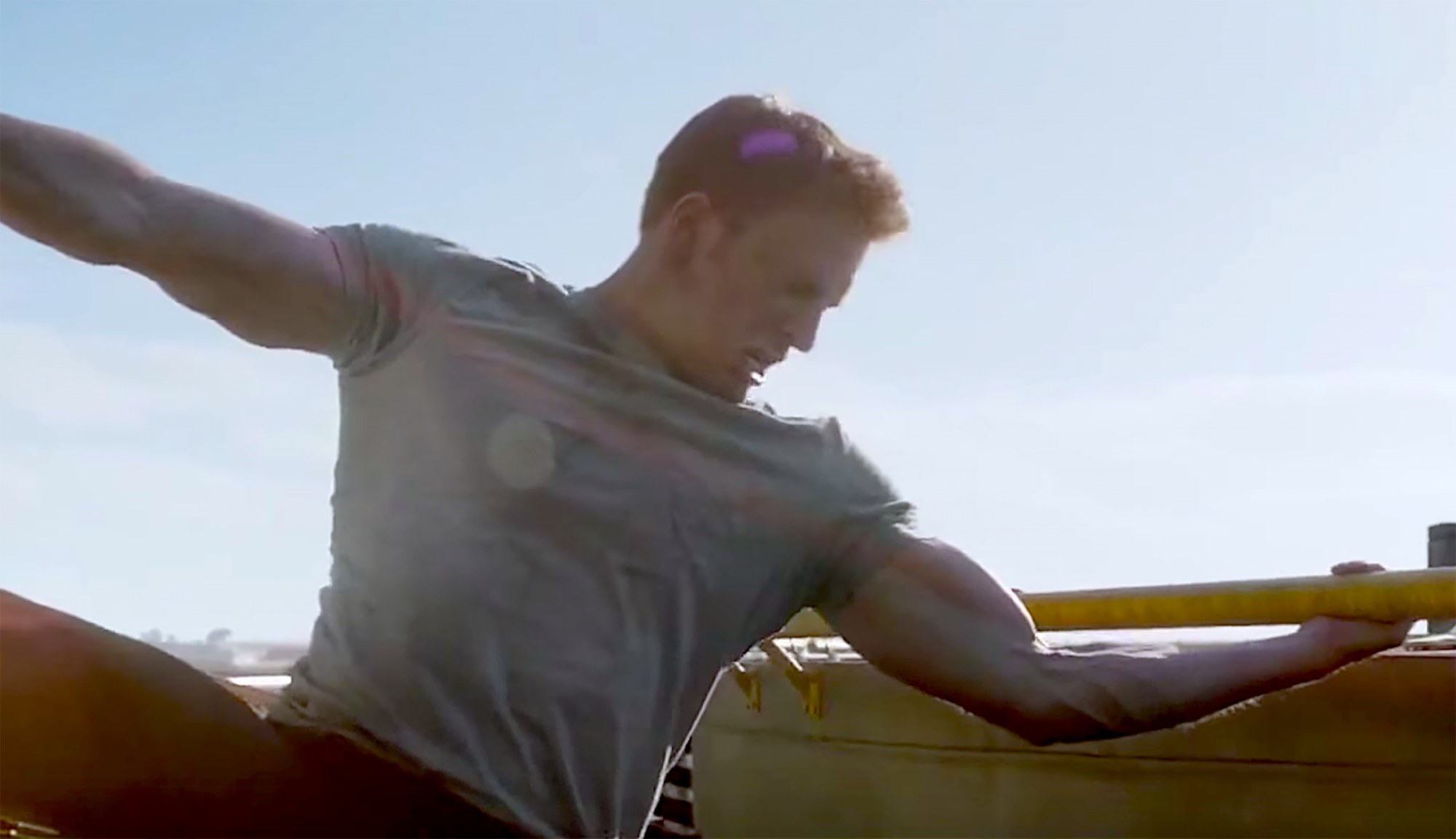Read Next: Tom Cruise ‘Deepfake’ Videos Foretell the Future of Warfare

This article was originally published March 1, 2021, on Sandboxx News. Follow Sandboxx News on Instagram.
While Captain America was first introduced to audiences way back in March of 1941, the Marvel Cinematic Universe’s depiction of the scrawny kid turned brawny hero in Captain America: The First Avenger brought the concept out of the ’40s and into the modern consciousness. Since then, there’s been no shortage of articles comparing the titular hero to ongoing efforts to pull the best possible performance out of the human form, but how practical are these efforts really? It turns out, they’re increasingly practical–and that may be bad news for the United States.
Of course, it’s important to remember that not every scientific effort to improve human performance is inherently related to the military. While Captain America benefitted from defense research in his own transition into the peak of human capability, today’s pharmaceutical conglomerates and university-backed researchers are making significant strides toward improving human performance in the private sector. In a truly all-encompassing “super soldier” effort, the research, treatments, and even body modifications found in these other endeavors would almost certainly play a vital role–and to be clear, that’s the way the Pentagon would probably prefer.
In recent years, the Defense Department has placed an increased emphasis on leveraging “off the shelf” technology that’s already been developed in the private sector. This approach offers massive cost-savings over the traditional method of soliciting proposals and awarding contracts for research and development, as well as a vastly expedited delivery. The more off-the-shelf components a new defense program leverages, the faster it can go from theory to fruition. This mindset works for rifles and night-vision goggles, but could also feasibly work for the sort of medical treatments and technologies the Pentagon would need to successfully start fielding super soldiers.
So, let’s take a look at some defense and private sector programs that could very feasibly help usher in the age of super heroes (as we know them) on the battlefield. As you’ll come to appreciate, the question may not be whether or not we can make a super soldier… but rather, whether or not we should. And it’s amid that swirling ethical and moral conundrum that we find America’s vulnerability on that front.

The most troubling part of that realization isn’t understanding that America will likely have to grapple with the ethical implications of these endeavors in the near future. Rather, our real concerns should come from the near-certainty that some of America’s state-level opponents harbor no such misgivings, and as a result, will likely beat us to the super-soldier punch.
Engineered blood could offer huge performance boosts

The human body was designed for a pretty rigorous lifestyle, but an engineering design for a not-too-distant artificial red blood cell could very literally give future super-soldiers a significant leg up over the competition. These artificial red blood cells, called respirocytes, would give their users the ability to hold their breath for extended periods of time and offer a massive jump in cardiovascular endurance.
These tiny machines would be made up of just three parts: rotors to absorb and release oxygen, rotors to absorb and release carbon dioxide, and rotors to absorb and release glucose. In effect, the respirocytes would do the same job as red blood cells, just far better than nature could permit. The concept is based on the work of Robert Freitas, a nanotechnology researcher at the Institute for Molecular Manufacturing, and would offer the user the ability to “hold their breath at the bottom of a swimming pool for four hours, or let someone sprint at top speed for at least 15 minutes without stopping to breathe.”

Being able to hold your breath for hours would obviously come in handy for Special Operators approaching from the shore, and the added endurance offered by these super-cells would come in handy in just about every combat environment on the planet. With tensions on the rise in the high altitudes of the Himilayas, respirocytes could let soldiers operate in the thin air of high altitudes just like they would down at sea level.
The same premise of supercharging your red blood cells is already a common cheat among some athletes who participate in “blood doping,” which involves drawing your blood, separating the red blood cells, waiting for your body to replenish its shortage, and then re-injecting those red blood cells into your body. The surplus of red blood cells then helps carry more oxygen from your lungs to the rest of your body, which offers improved endurance.
Night vision could be injected straight into your eyes
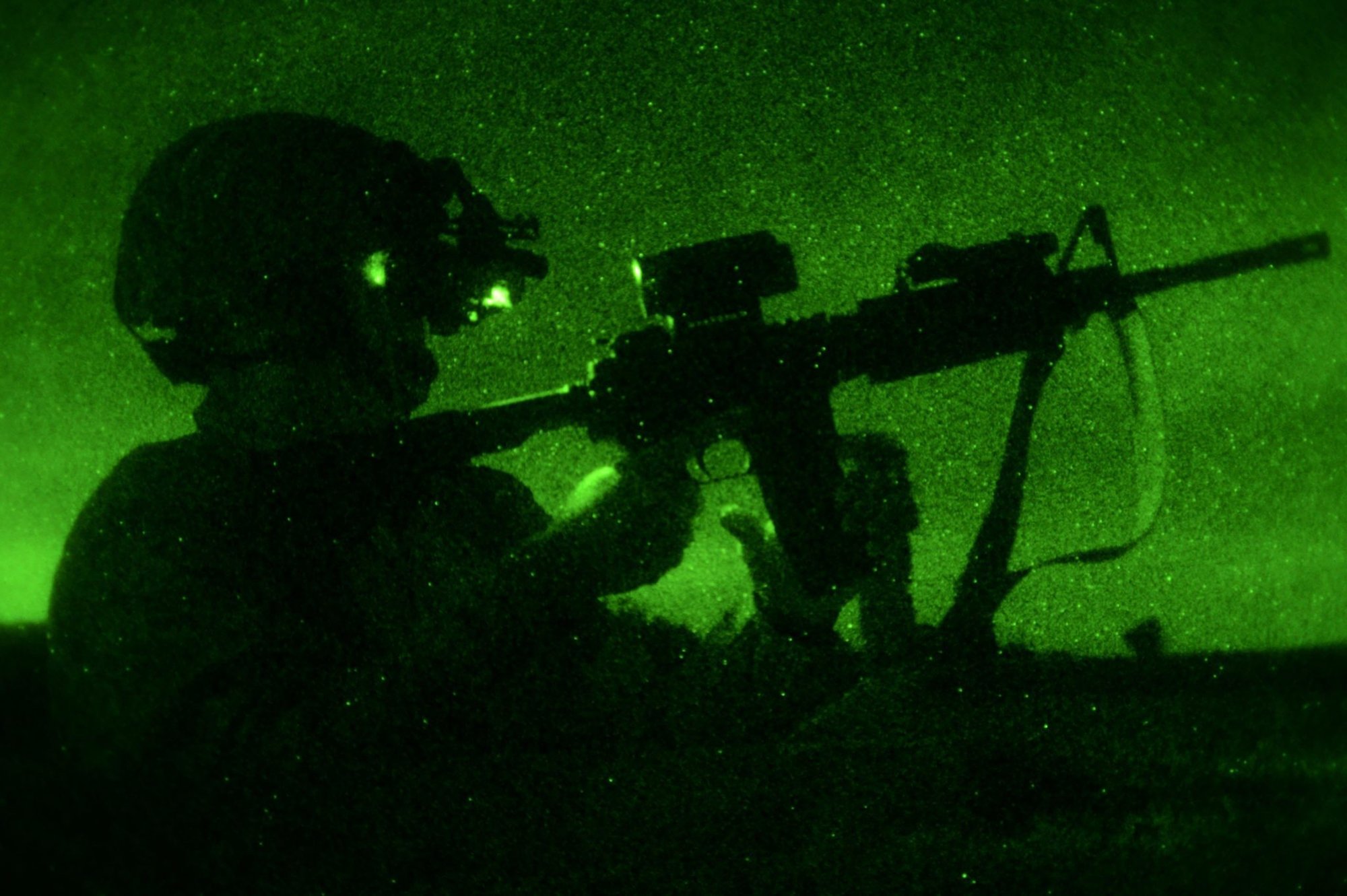
Today, American service members in theater often operate using night-vision goggles (NVGs), but these systems offer some real drawbacks. The standard NVGs issues to troops on the ground offer very little peripheral vision and even less depth perception, making them tough to adjust to and increasing the risk of dangerous operations like driving at speed or engaging opponents under fire. Special Operations units often have better night vision options, but with civilian equivalents recently hitting the market at around $40,000 per pair, these more capable goggles are too cost-prohibitive for broad distribution… but what if we didn’t need them anymore?
In a recent study from the University of Massachusetts Medical School in Worcester, MA, mice were trained to navigate a maze by following triangular signs they’d come across along their way. Then, with the lights off, they’d let the mice try again with exactly the results you’d expect: They couldn’t find their way in the dark. Then, scientists injected mice with nanoparticles that convert infrared light to visible light directly into their eyeballs. The result was a newfound ability to see in the dark that lasted for around 10 weeks and seemed to offer no negative side effects.
“I definitely think it will work in humans,” Xue Tian, a Hefei-based vision physiology expert, said in Science magazine.
Turning thoughts into firepower on the battlefield

For all of Captain America’s talents, he’s never managed to pull off reading minds or telekinesis, but these sorts of skills may become standard issue in the years ahead. A decade ago, DARPA (the Defense Advanced Research Projects Agency) was already experimenting with helmets that would allow for “silent talk.” The goal was to read a user’s pre-speech brainwaves and convert them into transmittable data. The recipient’s system would receive and translate that data into audible or visual cues in the recipient’s headset.
This would allow soldiers on the battlefield to communicate while maintaining total silence, but the uses for this sort of tech extend well beyond whispering secrets into your squad leader’s ear. In 2018, DARPA announced that an individual equipped with their experimental brain-computer interface had successfully controlled a constellation of three different types of simulated aircraft simultaneously with her mind.
This sort of tech could lead to fighter pilots who can control their AI-equipped drone wingmen from programs like the Air Force’s Skyborg or Boeing’s Loyal Wingman programs seamlessly through thought. In the future, the same tech could be leveraged for other drone and semi-autonomous air, sea, and ground platforms — allowing our war fighters to bring their own heavy reinforcements with them, or even to control robotic exoskeletons they wear into the fight.
Getting yoked like Cap
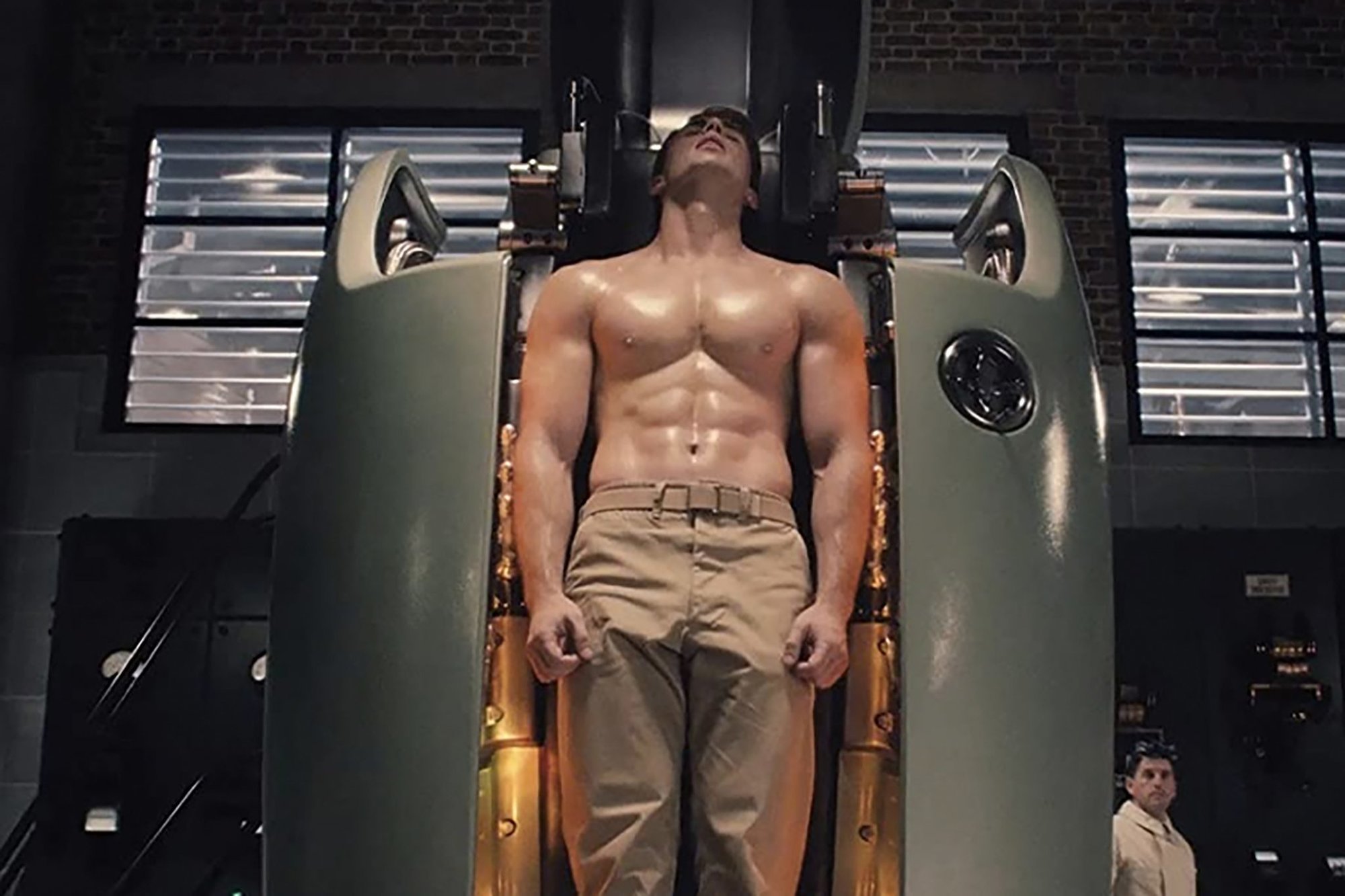
Of course, the most important facet of Captain America’s super soldier serum was its ability to transform him physically from a an underweight weakling into a heavyweight champ, but just how feasible is that?
Steroids and other performance-enhancing drugs have been around for some time, and let there be no mistake, there have already been instances of these sorts of drugs being used for military applications. However, using anabolic steroids requires a carefully controlled treatment plan that includes medications that can offset your body’s own efforts to produce higher levels of estrogen in order to offset the added testosterone in your system. Failing to adequately manage hormones can lead to serious health issues, including the sorts we all grew up hearing about among needle-pushing bodybuilders.
Hopping on a cycle of steroids you buy from a shady guy behind Gold’s Gym isn’t the only way to manage a body’s hormones or general makeup, however. According to E. Paul Zehr, the director for the Centre for Biomedical Research at the University of Victoria, hormone and gene therapies that are already used to treat, cure, or supplement patients could eventually be leveraged to turn an ordinary soldier into something a bit more super.
“The basic idea is to say, what if we take all those same techniques and apply them in folks who didn’t have any so-called deficits, or weren’t needing any rehabilitation or any reconstruction, but instead pushed them to a different level of performance?” Zehr asked CBC.
Zehr posits that similar treatments could be used to push a person’s physical capabilities to the outside limits of human potential. He cites practices found in livestock, like removing myostatin genes from Belgian Blue Cattle to allow them to develop massive amounts of muscle, as a practical demonstration of what could be done to human subjects. He believes that combining these treatments with a clinically developed training regimen could result in human beings that are as much as 30% stronger than the strongest gym-rat in your squad bay.
We may be closer to making Captain American than Iron Man
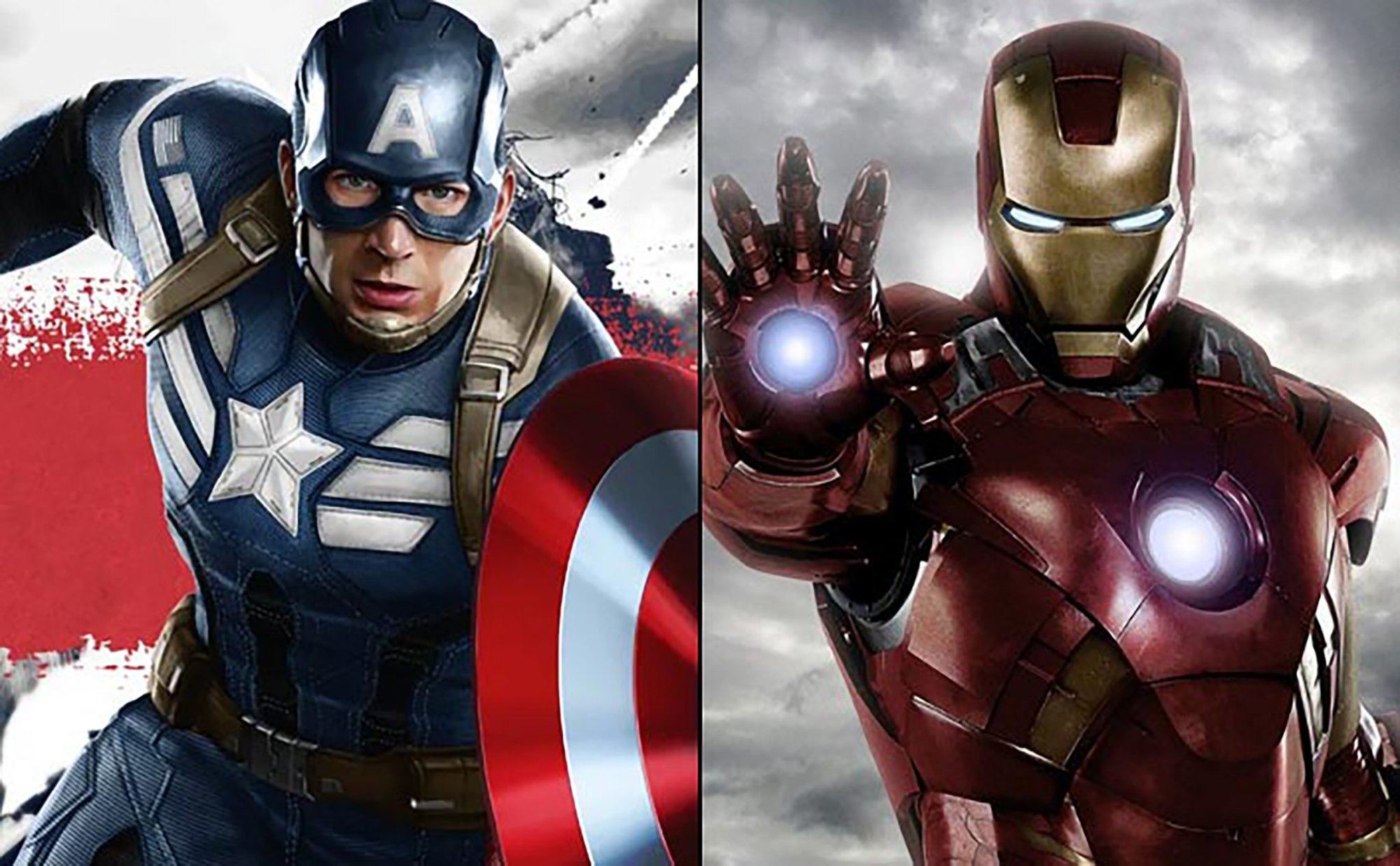
On screen, Captain Rogers’ transition from slim to studly may seem more unbelievable than Tony Stark’s Iron Man suit, the truth is, it would likely be much easier to field an army of Captain Americas than an army of Iron Men. There are already many robotic exoskeleton programs underway across the globe, but for the most part, many of these programs face the same fundamental challenges; chief among them has to be the issue of power storage.
Today’s lithium ion batteries are far more capable than batteries of the past when it comes to running our cell phones, cars, and even some military submarines, but battery technology today is still nowhere near what it would need to be in order to power anything close to Iron Man’s suit. Even if you were to eliminate flying (which you would need to do), the power requirements to move around in an armored exoskeleton would almost certainly mean having to stay tethered to an industrial power supply.
Nearly ten years ago now, U.S. Special Operations Command announced plans to build an Iron Man suit of their own called TALOS to a great deal of fanfare. Suddenly, the idea of Navy SEALs kicking in doors dressed like War Machine seemed so feasible that they even released an official video that looked an awful lot like they were planning to do that very thing.
But by 2018, SOCOM chose to cancel the program, and while some elements of it are sure to live on under other developmental banners, the decision to shut down TALOS was almost certainly informed by just how hard it is to make a robotic suit that can power itself and be so reliable we could stick a human operator in one under enemy fire.
Exoskeletons are still finding their way into service, however, like China’s that has been deployed in their high-altitude standoff with India, or the Sarcos Defense Guardian XO Alpha robotic exoskeleton currently being tested by the U.S. Marine Corps. Neither of these suits boasts armor, however, and are both intended only for increasing endurance or moving boxes on and off a truck.
It’s far more likely that we’ll see technology-enhanced humans on the battlefield (think less Iron Man and more Cyborg) well before power armor starts rolling off the production line.
“Technology is accelerating, and we are entering the fourth industrial revolution, this biological revolution,” Dr. Peter Emanuel said on Left of Boom–a podcast hosted by Military.com’s Managing Editor Hope Hodge Seck.
“To some extent, we’ve already seen the integration of man and machine over many years — in the use of pacemakers. To some extent, we’re already seeing mankind become more intimate with technology.”
So who will have a super soldier serum first?
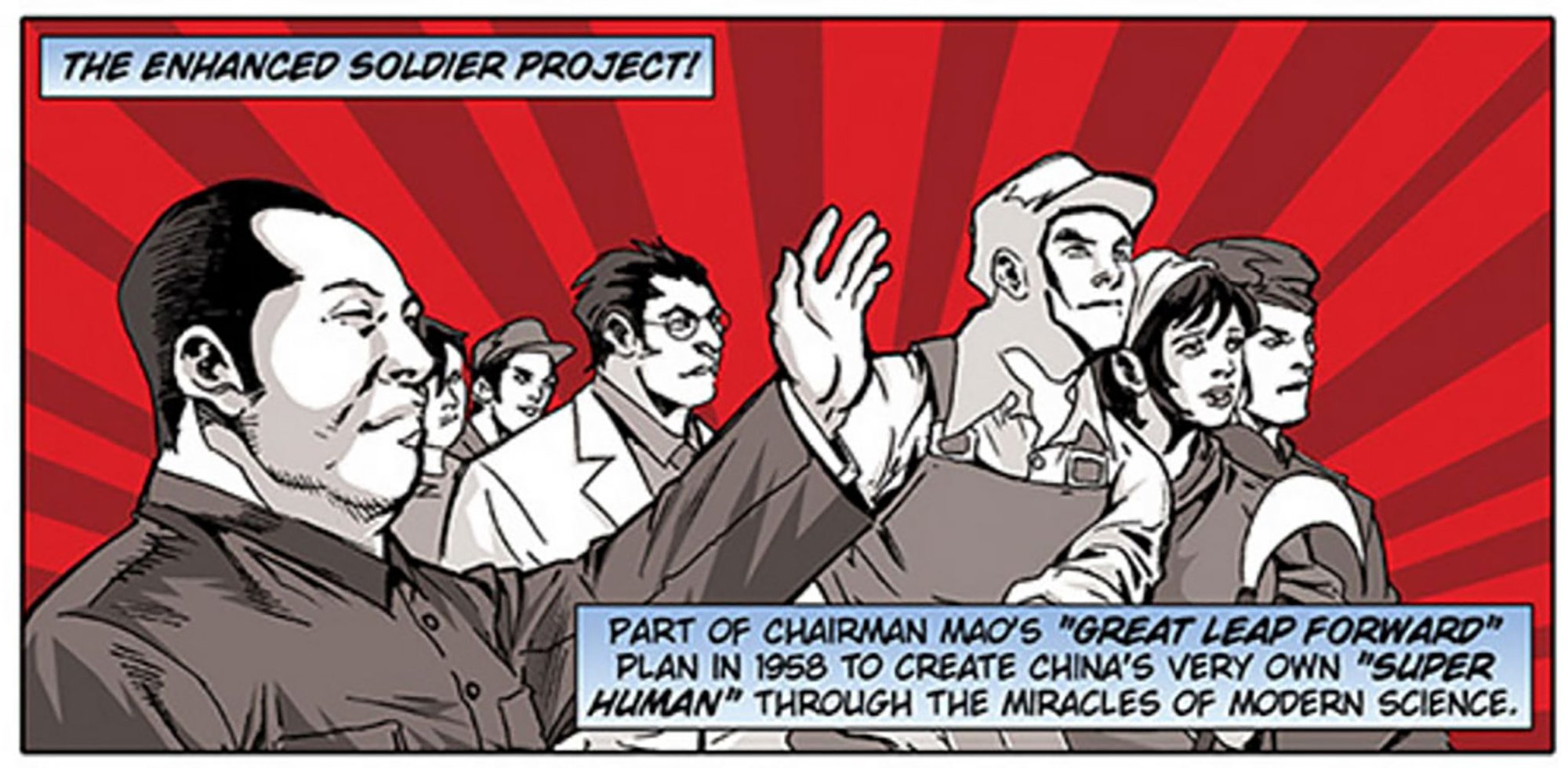
It seems unlikely that anyone will field a single injection or treatment that could produce all, or even some of the possibilities listed above, but we may not be all that far off from experimental super soldier programs becoming a reality. The only problem is, it seems far more likely that we’ll see these programs produce a Captain China well before we ever see our favorite hero in blue tights. That’s not necessarily because America is behind the technological curve, but rather because of America’s tenacity for self-policing.
From biological and nuclear weapons to autonomous killing machines, mankind is already capable of developing and leveraging literal nightmares on the battlefield. Increasingly, scientists are finding themselves not only asking if they can do something but if they should. It’s in this dilemma that America may truly find itself at a strategic disadvantage. Of course, America has a history of questionable and even downright loathsome experimentation for military or intelligence applications, but our government is still largely beholden to public opinion.

China doesn’t have the same handicap thanks to a censorship stranglehold on all media and internet activity, and of course, the appointment of President Xi Xinping as the nation’s leader for life. China’s populous is far more accepting of human rights abuses (as demonstrated by China’s Xinjiang internment camps) and far less apt to sway military endeavors with popular opinion.
And the suggestion that China is willing to take these chances while Americans debate their moral and ethical implications isn’t an unfounded one. In December of 2020, America’s Director of National Intelligence, John Ratcliffe, announced in no uncertain terms that China has already begun the sorts of human testing we’d file under the “super soldier” banner. In a recent Op-Ed for The Wallstreet Journal, Ratcliffe said that China has already begun “human testing” on members of the People’s Liberation Army with the intention of developing soldiers with “biologically enhanced capabilities.”
And he’s not the only one. Other academics have already been discussing China’s apparent use of the gene-editing tool CRISPR, which is short for “clusters of regularly interspaced short palindromic repeats.”
“While the potential leveraging of CRISPR to increase human capabilities on the future battlefield remains only a hypothetical possibility at the present, there are indications that Chinese military researchers are starting to explore its potential,” wrote Elsa Kania, an expert on Chinese defense technology at the Center for a New American Security, and Wilson VornDick, a consultant on China matters and former U.S. Navy officer in a peer-reviewed paper for The Jamestown Foundation.
Like China’s massive military modernization effort, their rapidly expanding 700-ship Navy, and foreign infrastructure programs like the Belt and Road Initiative, China has made it clear that they aim to dethrone the United States as the economic and diplomatic center of the developed world. Competition doesn’t make them villainous, of course, but their disregard for international norms and human rights violations arguably do.
“There are no ethical boundaries to Beijing’s pursuit of power,” wrote Ratcliffe.

So, while the United States is certainly not ignoring the potential for biological and technological means to develop real-life super soldiers, it seems likely that other nations will lead the way in this endeavor. It’s important to note that this observation is not an endorsement for America to take a less ethical approach to modifying its troops. Rather, it’s meant as a means of recognizing the nature of threats on the horizon in a pragmatic way. Acknowledging China’s industrial advantage regarding warship construction isn’t a condemnation of America’s own infrastructure any more than recognizing their potential advantage in this ethical conundrum is an attack on America’s guiding principles.
For now, it seems all but certain that future battlefields will see super soldiers of one form or another — be they genetically, biologically, or technologically modified (or perhaps all three). Being first doesn’t always mean best, and like every arms race before it, there’s sure to be a few surprises along the way.

Coffee or Die is Black Rifle Coffee Company’s online lifestyle magazine. Launched in June 2018, the magazine covers a variety of topics that generally focus on the people, places, or things that are interesting, entertaining, or informative to America’s coffee drinkers — often going to dangerous or austere locations to report those stories.
BRCC and Bad Moon Print Press team up for an exclusive, limited-edition T-shirt design!
BRCC partners with Team Room Design for an exclusive T-shirt release!
Thirty Seconds Out has partnered with BRCC for an exclusive shirt design invoking the God of Winter.
Lucas O'Hara of Grizzly Forge has teamed up with BRCC for a badass, exclusive Shirt Club T-shirt design featuring his most popular knife and tiomahawk.
Coffee or Die sits down with one of the graphic designers behind Black Rifle Coffee's signature look and vibe.
Biden will award the Medal of Honor to a Vietnam War Army helicopter pilot who risked his life to save a reconnaissance team from almost certain death.
Ever wonder how much Jack Mandaville would f*ck sh*t up if he went back in time? The American Revolution didn't even see him coming.
A nearly 200-year-old West Point time capsule that at first appeared to yield little more than dust contains hidden treasure, the US Military Academy said.

